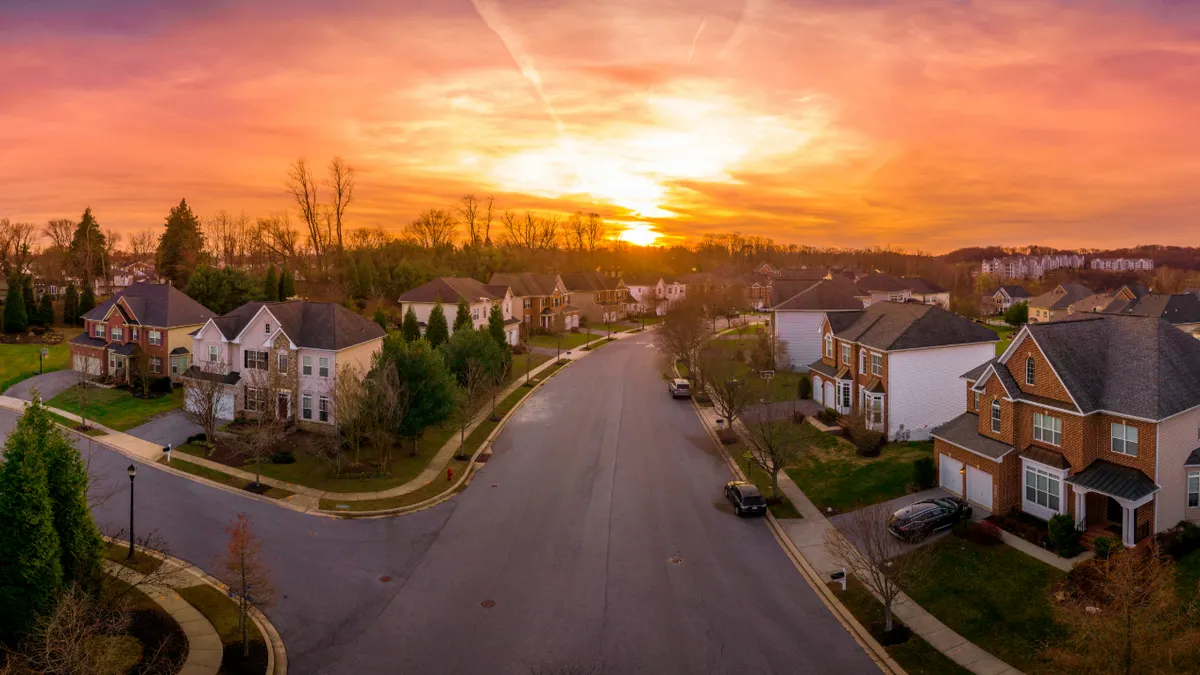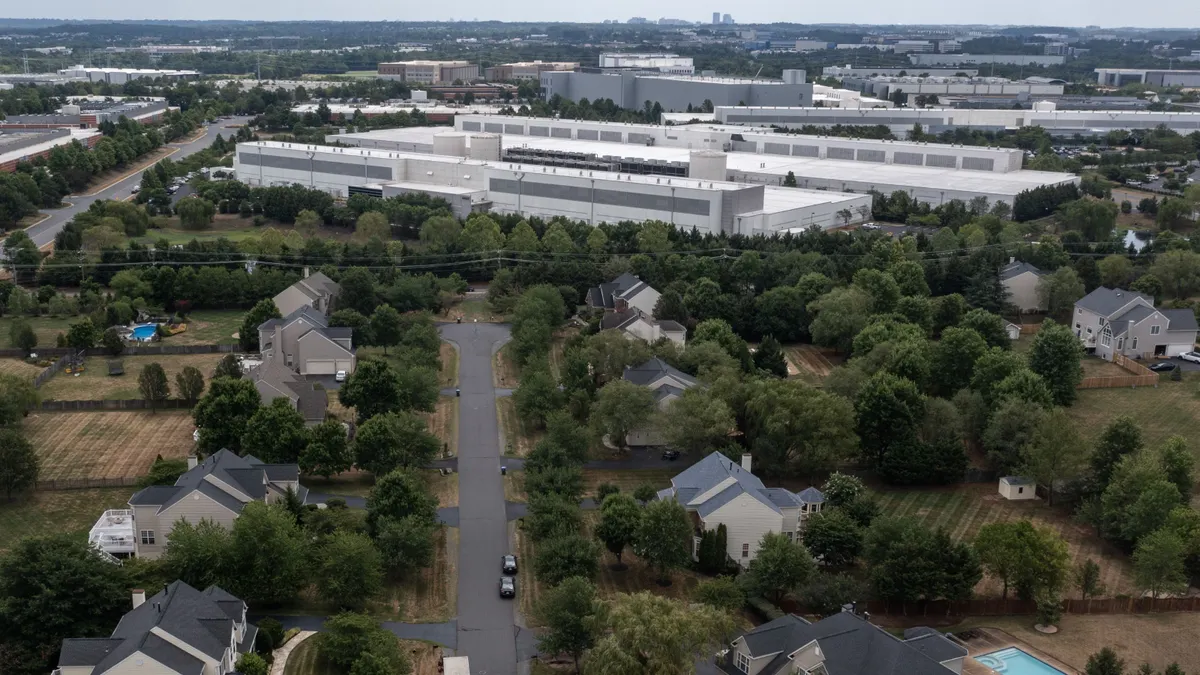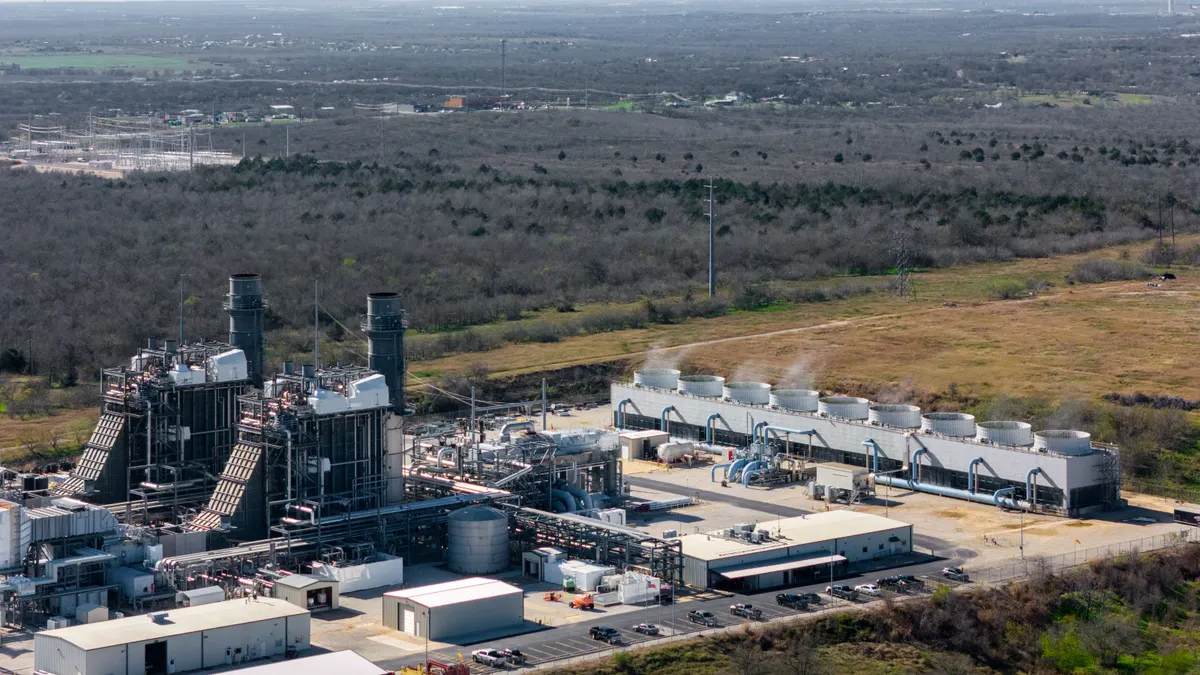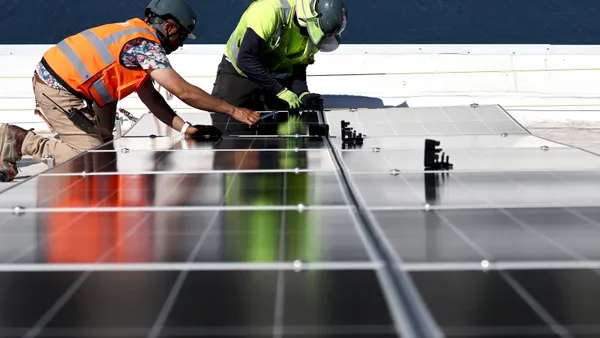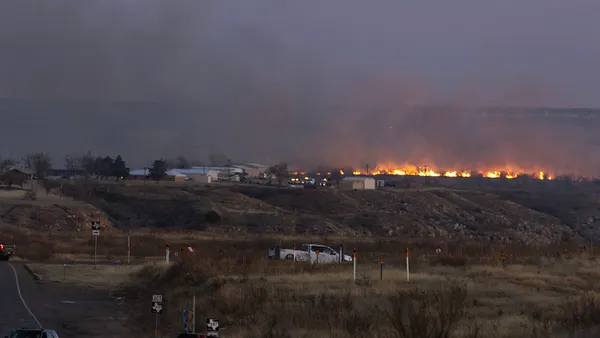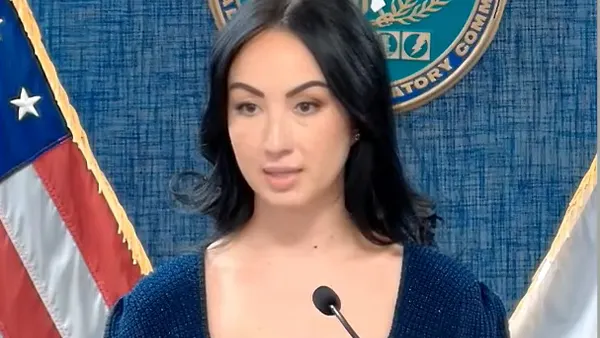As electricity demand in North America surges—driven by data centers, domestic manufacturing, and the electrification of everything—traditional generation alone may not be enough to carry the load. Infrastructure isn’t being built fast enough, and supply-side solutions are struggling to keep up. But what if the answer has been right under our roofs all along?
Welcome to the new frontier of grid reliability: the rise of residential Distributed Energy Resources (DERs).
The rise of residential DERs
DERs are transforming the way energy is generated, stored, and consumed. Devices like rooftop solar panels, home batteries, smart thermostats, EV chargers and electric water heaters aren’t just saving homeowners money, they’re becoming strategic grid assets.
Once these technologies were considered fringe or supplemental; now foundational to a distributed, resilient energy system. And the numbers reflect it. According to Guidehouse Insights, flexible residential DER capacity is expected to triple from 28.4 GW in 2023 to more than 96 GW by 2032.
That’s not just growth, it’s grid-scale transformation.
Virtual power plants: Real value
When aggregated at scale, these devices combine into what’s known as a Virtual Power Plant (VPP), a coordinated network of DERs that collectively responds to grid conditions. Think of it as a community-powered solution, where households work together to balance supply and demand.
And the value to utilities isn’t just theoretical. A 2023 report from The Brattle Group estimates that VPPs could provide up to 60 GW of capacity in the U.S. at 40–60% of the cost of traditional supply-side alternatives. That equates to $15–35 billion in potential savings over the next decade.
VPPs help utilities:
- Reduce peak demand without major infrastructure investments
- Mitigate blackout risk during extreme weather events
- Advance decarbonization efforts with clean, distributed assets
The time to act is now
With flexible load adoption on the rise and DER ownership growing rapidly, utilities have a once-in-a-generation opportunity to shape the future of energy delivery.
Several key trends are converging including increasingly affordable smart home and electrification measures, and strong public interest in sustainability, resiliency and energy savings. To capitalize on these trends, utilities should go beyond traditional infrastructure planning. This moment calls for a strategic shift from traditional grid management to proactive customer engagement.
The path forward: Partner with experience
Turning DER potential into real capacity requires more than just technology. It requires trust, education, and thoughtful program design.
That’s where Franklin Energy comes in.
We partner with utilities to deliver turnkey residential load management programs integrating smart devices, customer behavior insights and grid-optimization strategies into seamless solutions.
Together, we can unlock the full potential of residential energy resources—providing safe, affordable and reliable power to communities across the country.
Ready to turn your customers into capacity providers?
Let’s talk. Franklin Energy is here to help you make the shift from devices to distributed power—confidently, efficiently and at scale.

